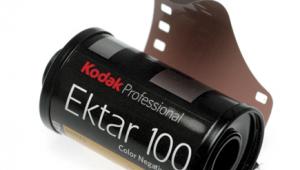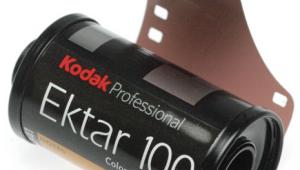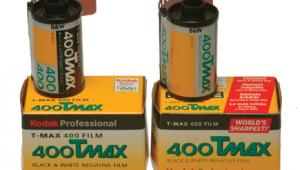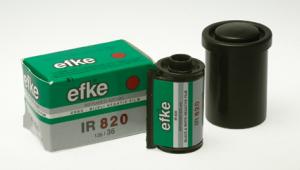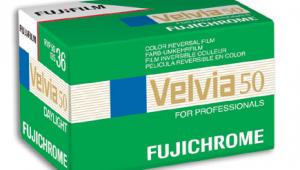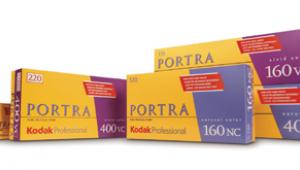Maco's Cube 400c
A New Universal Application Classic Film
Maco is not a name that is
particularly familiar to most zphotographers--and those who do
know the name are inclined to say "great products, shame about
the documentation." Examples of the shortcomings of the latter
are easy to find. For example, the same film-developer combination is
given different development times, depending on whether you read the
film box or the developer instructions, and "ISO" speeds
are given for different contrasts (ISO assumes constant contrast, of
course). |
|||
Enter Cube 400c "Old Tech"
Film |
|||
A Different Start The IR Connection (Sidebar) Film Speeds
|
|||
Grain And Development |
|||
Using Your Favorite
Developer Pushing The Film Green/Blue Drain (Not
To Worry) |










